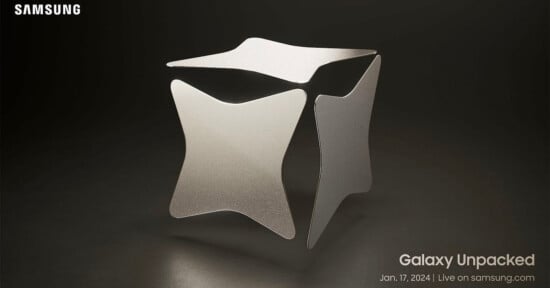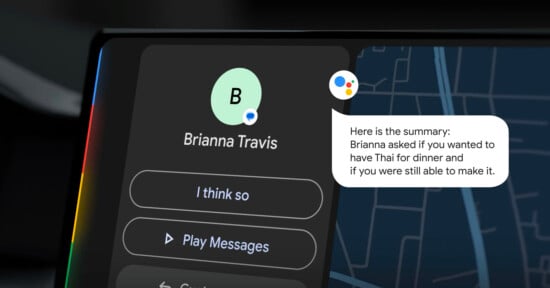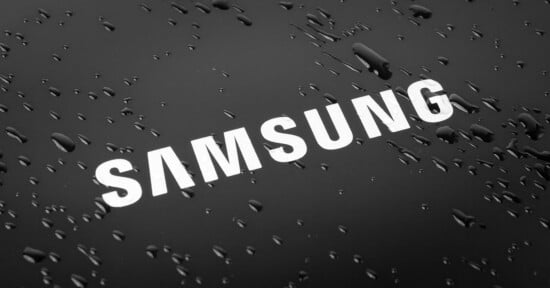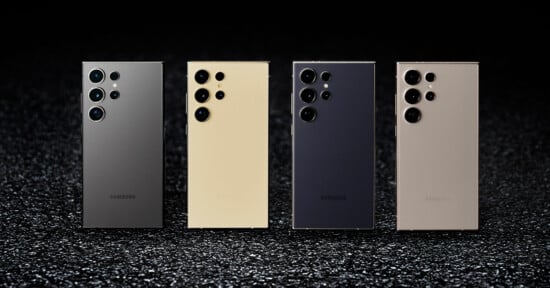The Samsung Galaxy S24 Ultra Review for Photographers
Like the majestic Canada Goose, I escaped a particularly brutal winter by flying south. As temperatures back home plummeted to a balmy -40 degrees, my plane landed in San Jose, California. San Jose is the West Coast convention center capital of the tech world, and Samsung was there for the brand new Galaxy S24 series of smartphones.
Samsung chose the SAP center for its Unpacked event and the lighting and ambience were on point. The launch itself was heavily targeted towards the “influencer,” with much emphasis given to AI technology and quality-of-life improvements, and relatively little to video or photographic features.

Even better than the launch event, however, was the handing over of a brand-new S24 Ultra to us. As usual, we wanted to approach our review from the standpoint of a photographer and videographer, and what the phone would provide to the content creator.
Samsung debuted its own innovative live language translation experience which looks promising and also gave a lot of time to the new Google “circle-to-search” function which eliminates the need for typing text into a Google search bar as well as AI photo editing tools. It’s worth keeping in mind that this new search function is not exclusive to the S24 phones and the AI editing is basically the same thing we saw on the Google Pixel 8 Pro last year.
The phone can also format your writing into various styles of professional-looking pages, complete with bullet points and headers. It will even rewrite your thoughts with an emphasis on a particular tone or sentiment that you would like conveyed. At this point are they even your genuine expressions though?
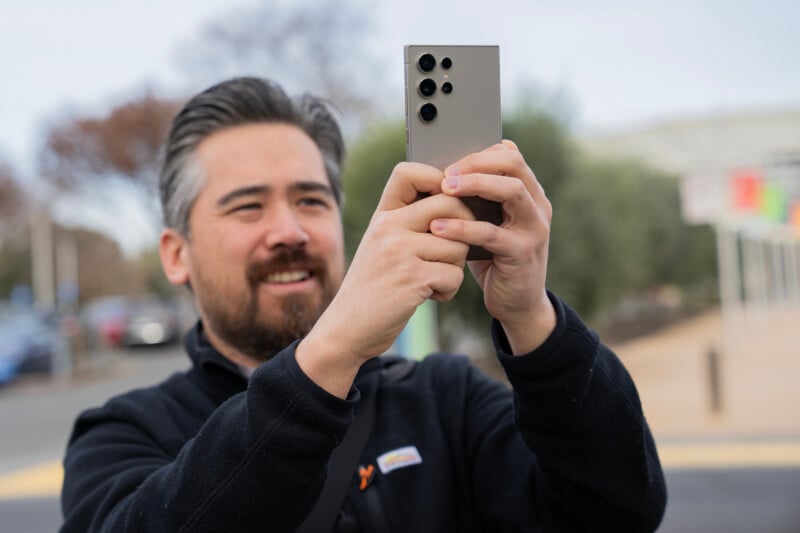
Samsung Galaxy S24 Ultra: How it Handles
The first thing you notice about the S24 Ultra is just how vivid and bountiful the new 6.8-inch OLED display is. I love that the screen extends flat to the edge of the phone with minuscule bezels to frame the display. At 2,600 nits of peak brightness, I was able to compose in fairly bright conditions and any viewing of reels or videos was a pleasant experience.
The body of the S24 Ultra is titanium which came to the iPhone 15 Pro and Pro Max last year. The matte finish is nice though and the phone feels good in the hand if not a bit slippery. I dreaded the lack of a case for my testing of the phone but somehow managed to avoid dropping it altogether. Thanks to the new Qualcomm Snapdragon 8 Gen 3 processor, the phone responds quickly to commands and the AI-based editing features didn’t make me wait nearly as long as the Google Pixel 8 did.

Where Apple prefers to target the casual crowd, leaving more enthusiastic photographers to download additional apps, Samsung provides a fairly full-featured camera mode with manual control, useful night photo modes, and RAW support straight out of the box. There is an additional Expert RAW app that unlocks multi-frame RAW files and a very handy ND filter mode, too.
I was able to hand hold the phone towards some flowing waterfalls and pull off sharp photos even at a fairly strong 4-stop ND filter equivalent. The ND mode allows up to ND 1,000 levels of blur but a tripod will be required if you want to go that far. I found the RAW files out of the Expert RAW app to have more dynamic range available to work with and far less noise, albeit with a more overly processed look that — frankly — most people will prefer.
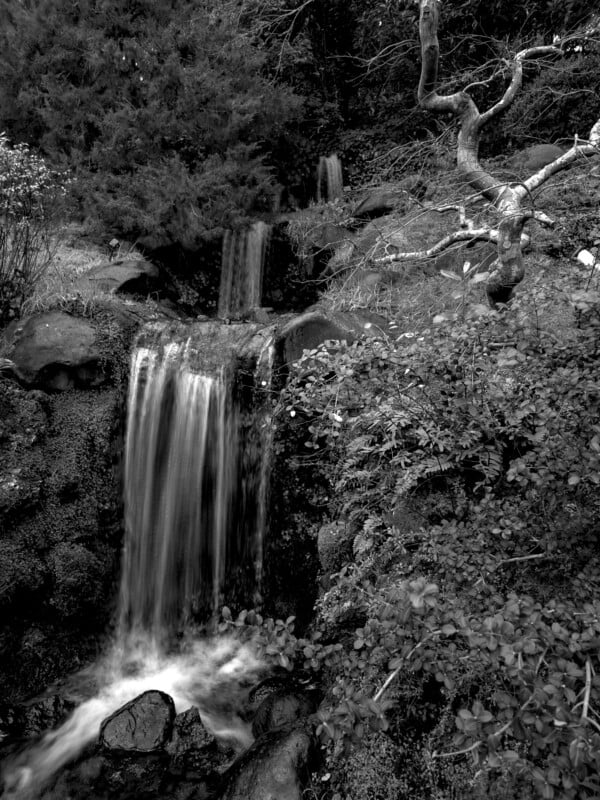
I enjoyed being able to move my shutter button to different parts of the screen which helps when using alternate hand positions to hold the phone most comfortably or securely. I also found the photo and video controls to be fairly intuitive with some practice, and the interface will be very familiar to existing Samsung phone users because so little about it has actually changed. The entire experience overall feels so similar to using the S23 Ultra, and even many of the new AI features will trickle down to the older phones anyway. So, what solid changes to this generation do we actually get?
Samsung Galaxy S24 Ultra: How it Shoots
We do have a significant hardware change when it comes to the lenses on the S24 Ultra. Well, one lens to be more accurate. In fact, the 0.6x f/2.2 12-megapixel ultra-wide, 1x f/1.7 200-megapixel main camera, and the 3x f/2.4 10-megapixel telephoto are straight-up the same as those found in the S23 Ultra. It is a new 5x f/3.4 50-megapixel camera that now replaces the former 10x telephoto, and I, for one, like this change even though many will lament losing the greater throw of the previous model.
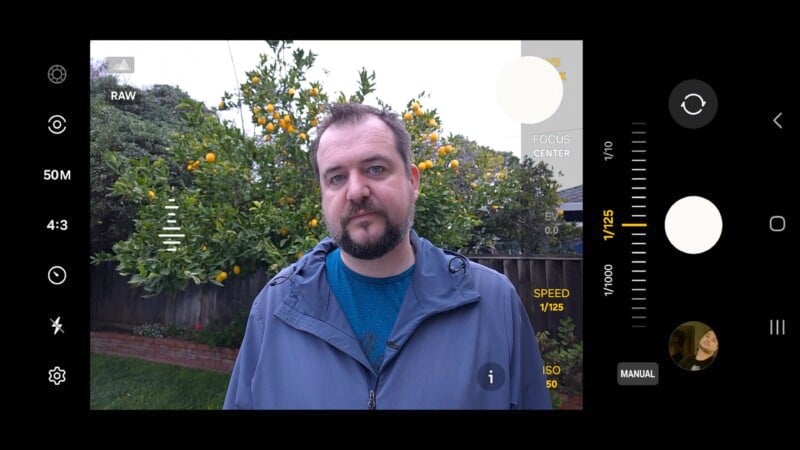
I far prefer a 5x portrait lens, although it does feel like a move on the part of Samsung to compete directly against the Google and Apple phones. Having a 50-megapixel sensor allows for a cropped 10x lens at 12-megapixels, so in the end, it is the most versatile choice. I found the 5x lens to be well stabilized and I heavily relied on it during my testing. I especially think it delivers an optimum portrait shooting experience.

For the most part, I liked the look and colors that the S24 chooses to impart. Sometimes, the images look a little too punchy or processed, but that’s an issue with all smartphones nowadays and the preferences for one over the other are largely subjective.
Using RAW capture is always an option and stands out as being very much unprocessed. I prefer the multi-frame RAW images out of the Expert RAW app because of the extra dynamic range they deliver, but they can swing towards the over-processed-looking side of the pendulum. In most situations, I would stick with JPEGs, to be honest. I did try the 200-megapixel JPEGs out of the main camera and just like on the S23, found them to be of limited use. In good light, with limited contrast the images do have more detail and the colors are even a tad nicer but in most situations, the benefits will go unnoticed. Again, it feels like territory we’ve already seen in the S23.

The word on the street is that the S24 photographs are going to be HDR-compliant, something that Apple and Google have pushed on their latest phones. However, Samsung is being very hush-hush about just what HDR standard it is using, if any. The company has stated that the image you see while composing an image on the HDR display of the S24 Ultra should closely match the image you get out of the camera but it looks like the images are largely being tone-mapped to fill the extra room on the brighter displays. I’m skeptical as to whether we are actually getting photos that make use of a proper HDR color space.

Samsung Galaxy S24 Ultra: As a Video Camera
Jordan Drake tested out the S24 Ultra to see its potential as a video camera, and this section leans on his input.
In terms of video capture, the Galaxy S24 Ultra isn’t a huge leap over the S23 Ultra, but it’s important to remember that the 8K recording offered by both generations of phones still can’t be found on phones from Apple and Google even now. The 8K recording does certainly offer a resolution advantage over the 4K recording, though not as big as you might expect if you’ve seen 8K capture from larger sensor devices. All the video recording modes are quite detailed though you will see the common but still maddening over-sharpening and high contrast that defines most smartphone video capture.

I also appreciate the video interface. The default video mode has a limited number of user-friendly controls, but the “Pro Video” module allows controls of advanced features like shutter speed and ISO, and allows access to 24p and 4K/120p capture. I also appreciate having on-screen audio levels, though I wish audio gain could be manually controlled.

One thing missing from the “Pro Video” options is Log capture which would allow greater flexibility in post, more dynamic range, and the ability to reduce the aforementioned sharpening and contrast issues I have with the video output. Sure, with third-party software you can get RAW video capture, but compressed Log recording is a great middle-ground that is currently unavailable. I’d also like to see Samsung build it in directly.
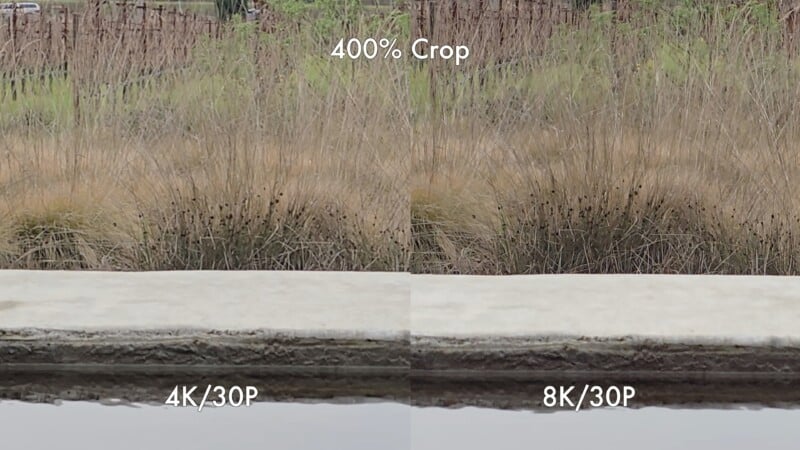
The biggest new feature is Instant Slow Mo which allows you to add slow motion to clips that were recorded in standard frame rates. Slow motion in post sounds amazing since the best slow-motion clips are often capturing the moment when something unexpected happens. You can hold down on the screen during playback and the phone will attempt to build missing frames for a slow-motion effect. It defaults to 1/4 speed on your current frame rate, so 30p footage will create the equivalent of 120p and if you’re shooting in 60p, you’ll get 240p.
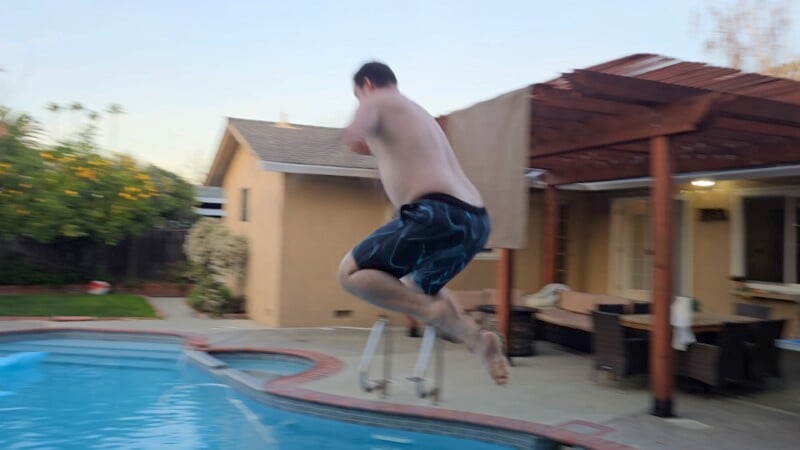
So how does it look? With simple movement, it does a pretty good job — certainly fine for social media. However, in a shot with a lot going on in the frame — like when I jumped into a freezing swimming pool — you could see my arm disappear and reappear between frames, and the water splash does some seriously weird stuff.
The same happened when I was swinging a Samsung lanyard: the paper constantly flickers in and out of existence in the generated frames. I’d say this feature can sometimes look acceptable but if you know you want quality slow motion and can plan your shot, just record in 4K/120p and slow it down in post.
Also, if you record in HDR video, the post-slow motion capability is unavailable. It took several frustrating trial and error tests for us to figure this out because there is no on-screen notification as to why something isn’t available. The phone should simply tell you when attempting to slow HDR footage down that this function is not possible. In fact, if any feature isn’t available it should tell you the reason so you can directly address it.
The S24 Ultra now encodes gyro data into video files which improves digital stabilization, but I was most impressed with the enhanced optical stabilization of the 1x camera. This allows very smooth footage when walking without incurring a crop. If you need maximum stability, Super Stabilization is available on the 1x and 0.6x lenses but you will encounter a lot of shimmering and digital weirdness.
One other issue is not limited to the Galaxy S24 Ultra, but common in many Android phones: it does not record in a constant frame rate. When 30p recording was selected, the frame rate bounced between 29.90 and 30.09 frames per second, which means if you try to sync with a second camera or external audio recorder, the footage will inevitably fall out of sync. This is not a problem with the iPhone, and it’s something that really should have been remedied by now on Android devices.
Overall, the Galaxy S24 is the most capable Android phone I’ve used for video capture but it still has a ways to go before it can catch up to what Apple is doing.
Samsung Galaxy S24 Ultra: AI in its Infancy
The big push on the S24 Ultra is clearly a deep dive into the world of AI processing. There is a strong relationship between Samsung and Google and because of it, Samsung is relying heavily on Google’s Gemini AI and as a result, the experience that I had using the S24 Ultra was very similar to the one I had with the Google Pixel 8 Pro. The S24 Ultra has a fairly healthy suite of tools that are camera-based, meaning that you don’t have to be connected to the cloud to access them.
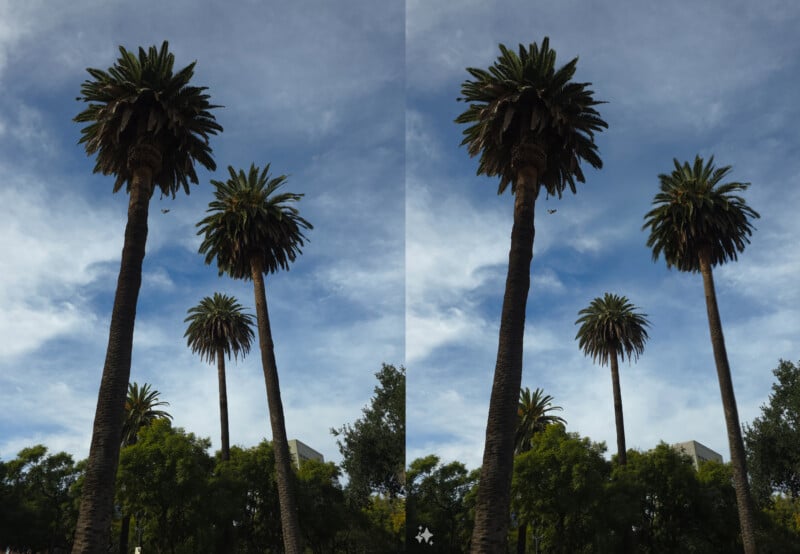
The S24 Ultra does a good job of erasing subjects that might be distracting and intelligently enhancing the look of your images. It’s even designed to learn from your editing decisions and try to predict what your go-to changes might be, to make more meaningful suggestions. The S24 Ultra will make suggestions to your photos based on what it sees in the image as well. For example, the phone will look for shadows over a person’s face, or reflections in windows, and offer to remove them for you.
However, in practice, I found what it was doing to be fairly unreliable. I never quite got remove reflections to work well and it often gave strange results where a person’s body is removed from a reflection but not their head, or with the S24 simply not detecting a very obvious reflection in glass. Sometimes it would even detect a reflection in a shot that didn’t have any.

Further, you cannot force an AI tool to be used even just to see if the result could be potentially beneficial. I think it’s important to point out that the Google Pixel 8 Pro is the only other smartphone really offering similar tools, and the results on that phone were also often bizarre or disappointing. The fact is, AI editing is still in its infancy and it will take a while before it delivers consistent results. Hopefully, users are willing to stick around while the bugs are worked out.

A Very Good Portrait Mode
It isn’t all doom and gloom, as the S24 does have some tools which work well. I’ve already mentioned the ND filter in the Expert RAW module in addition to the enhancing tools. But even more impressive is the Portrait mode.
Using the Portrait setting works on both people and inanimate objects thanks to very effective depth maps. Although stray hairs are often cropped out completely, the S24 Ultra does a great job of isolating its subjects without any obvious halos. The fall-off of focus is done very well, with subtle transitions to the subject’s ears and far shoulder. The S24 Ultra can then build a very smooth and convincing out-of-focus background that allows the subject to stand out nicely. I was quite impressed by the results and am eager to see how it fares when pitted directly against the competition.
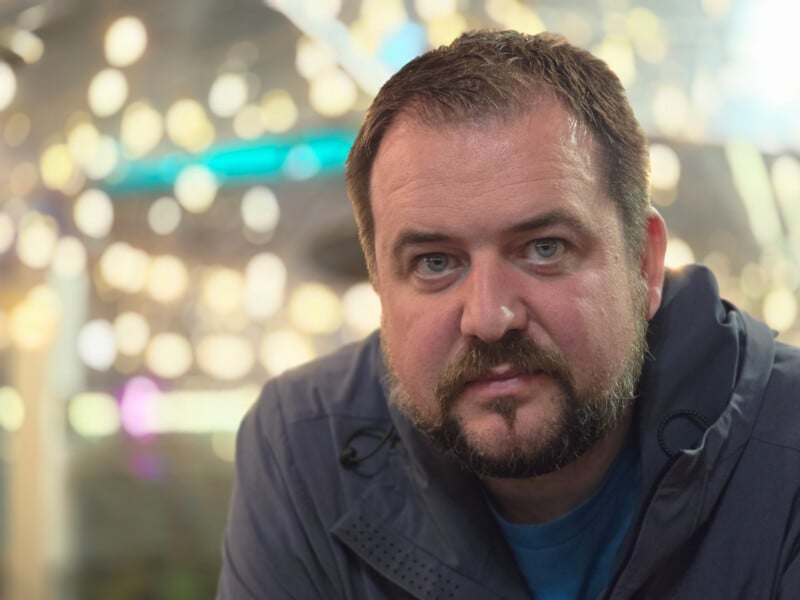
To the Cloud
The cloud-based AI tools take things even further. Much like the Google Pixel 8 series, the S24 allows the user to do even more heavy lifting to their images and with far more control. Bringing up the editing tools allows for all the usual sliders such as straightening the image, enhancing tone and color, or erasing distractions. However, you can click the Samsung star icon and have access to cloud-based generative fill effects. Objects can be selected with a tap or by drawing a selection around them, and can then be moved or deleted with the S24 Ultra automatically rebuilding the missing areas.

Against a clean backdrop like the sky, I found the effect quite convincing, even with relatively large subjects like trees. However, in many cases, moving a subject would look very much like placing a cardboard cut-out and the area that was regenerated would often have strange errors.
The process requires you to guess and test a little bit but there were many situations where I was able to dramatically improve a composition with minimal effort and many other situations where the changes I made were noticeably unusable. I did find the process to be reasonably quick on the S24 Ultra and that encouraged a bit of experimentation to try different approaches and see how it turned out. I am confident that AI editing will get very good in the future but no manufacturer has cracked the code yet.

There is also a watermark feature that is imprinted on any image and in the EXIF data for anything edited with the cloud-based tools and the user is also free to disable any AI tools and limit the usage of their photographs to enhance the machine learning database. The watermark can be easily cropped out, however, and metadata is not hard to strip.
Samsung Galaxy S24 Ultra: A Small Step Forward
I’m left feeling that the Galaxy S24 Ultra is a perfectly capable smartphone with some very thoughtful improvements to the UI with some nice quality-of-life enhancements outside of photography.
However, in terms of a smartphone as a camera, I feel like the S24 Ultra is simply playing catch-up with its competitors and largely following in others’ footsteps. Samsung did enough to make it a competitive option, but not enough to say that it surpasses what is on the market. The Galaxy S24 Ultra also debuts well after many other smartphones hit the market and at a higher price than its main competition. I’d consider it because it’s sleek, has a killer display, and has the ability to make good images, but I would also recommend any of its competitors for many of the same reasons and because Samsung sought only to match and not to exceed.

Are There Alternatives?
Both the Apple iPhone 15 Pro Max and Google Pixel 8 Pro offer similar lenses and image quality. The Pixel 8 Pro has a very similar AI suite and a much lower asking price while the Apple iPhone 15 Pro Max delivers a simpler experience but harnesses more out of its HDR photographs. It also has vastly superior video capabilities.
Should You Buy It?
Maybe. There is nothing wrong with the Galaxy S24 Ultra but, when it comes to its photo-taking capability, nothing stands out either. You may really like the Samsung-specific tools, the design, the very nice display, and the inclusion of the stylus, but the majority of Samsung’s hoopla are the AI enhancements, and the majority of those come courtesy of Google and will be shared on many other platforms going forward.
